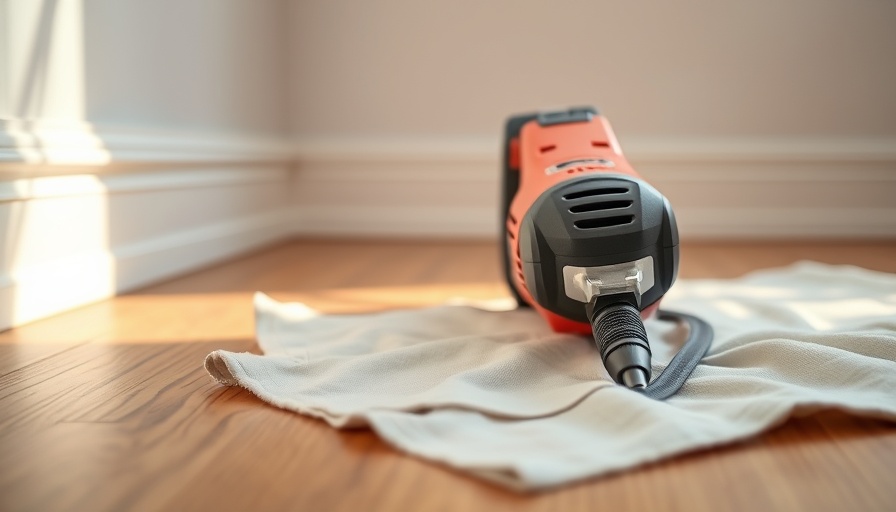
Understanding Ceiling Cracks: A Common Concern
Noticing a crack in your ceiling can be a disheartening moment for any homeowner. The instinctive reaction is often of alarm, accompanied by immediate questions about the severity of the damage. While some cracks may not seem serious, others can lead to significant structural issues. In the latest episode of "Ask… Scott McGillivray" on At Home With Family Handyman, Scott discusses how to assess the situation and the actions to take.
Why Are Ceiling Cracks a Cause for Concern?
Ceiling cracks often do more than mar the aesthetic appeal of a room. They may indicate underlying issues such as water damage, structural weakness, or foundational problems. Scott shares a poignant example from his professional experience where a ceiling crack led to significant damage and potential injury. In his observation of one viewer's ceiling, not only did a crack appear, but it culminated in a large chunk crashing down, damaging a microwave and bookshelves below. Such incidents highlight the potential risks homeowners face when they neglect the warning signs of larger issues.
What to Do When You Spot a Crack
Scott emphasizes the importance of acting quickly after discovering a ceiling crack. His advice is clear: don't wait or attempt to fix it yourself. Instead, remove any valuables or furniture from below the crack and contact a professional. Experts can assess the damage, reinforce the structure, and address any underlying problems, potentially saving homeowners from more extensive damage and costly repairs later.
Common Misconceptions About DIY Repairs
Many homeowners might think they can patch up a crack themselves, believing it's a simple fix. However, Scott's admonition is backed by experience: DIY repairs can lead to greater hazards if the cracks indicate severe structural damage. For instance, Scott recounts a personal incident where he was injured when a piece of the ceiling fell while he was wearing safety gear. His story serves as a cautionary tale about the risks of underestimating such situations.
Identifying Types of Cracks: What’s Normal and What’s Not?
Not all cracks are equal. There are various types—and determining their severity can be tricky. Minor hairline cracks may occur due to settling, while larger or widening cracks could suggest serious issues such as foundation movement or water intrusion. It's essential for homeowners to differentiate these variations. If in doubt, consulting with a contractor is the safest route.
Prevention: Keeping Your Home Safe
Preventing ceiling cracks comes down to regular maintenance and awareness of your home's condition. Ensure that your home is adequately ventilated to minimize humidity problems, check for leaks in your roof, and maintain your gutters properly. Moreover, during renovation projects or significant changes in your home, consider consulting professionals to ensure that structures are reinforced adequately.
Future Predictions: Understanding Home Maintenance Trends
As property owners become increasingly aware of the importance of maintaining their homes' integrity, trends in home improvement reflect a shift towards more preventive care. Homeowners are more likely to engage contractors for inspections and maintenance before minor issues escalate into significant problems. You'll find that investing in regular maintenance not only protects against damage but also enhances your home's value over time.
Final Thoughts: When to Call a Pro
Ultimately, the key takeaway is to treat any sign of damage with the seriousness it deserves. Homeowners should not shy away from seeking professional help. The first step in ensuring safety—both for you and your home—is to take every crack seriously. Your prompt action could prevent more extensive damage, injuries, or high repair costs in the future.
Ready to tackle home repair challenges? Consider reaching out to a local expert who can offer personalized advice and solutions for your specific needs. Don't wait until a small issue becomes a big problem!
 Add Row
Add Row  Add
Add 




Write A Comment